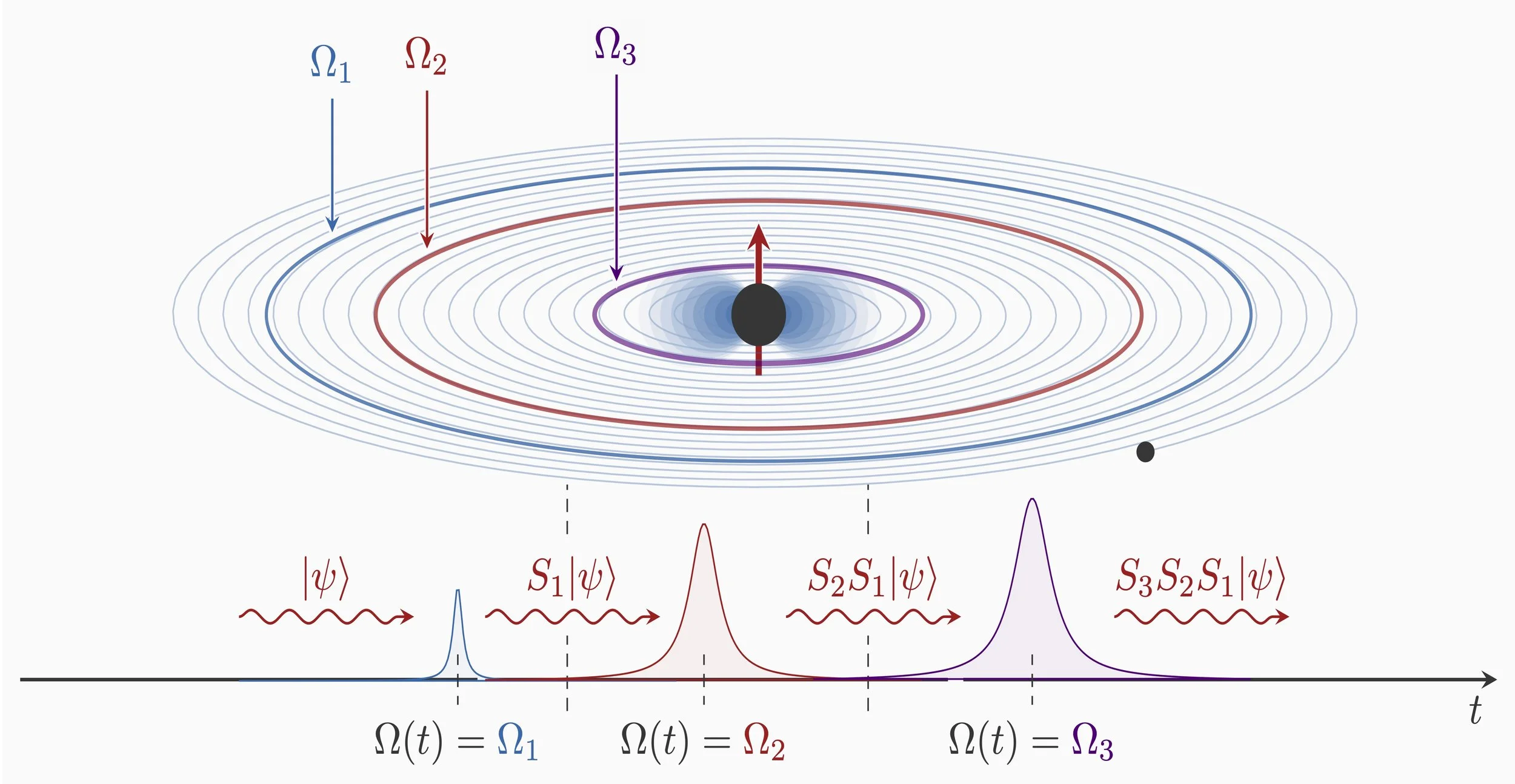Research
I showed that the static Love numbers of black holes are all zero. Until recently, the Love numbers of rotating black holes had been an important unresolved problem in Einstein’s theory of General Relativity. Such a result is not only of direct observational relevance to gravitational wave astronomy but also sheds light on the fundamental properties of the black hole event horizon. To summarize, I showed that the Love numbers of black holes vanish for all values of black hole spin, for both the electric and magnetic type perturbations, and to all orders in the multipole expansion of the tidal field.
Black Hole Love Numbers
Gravitational Wave Data Analysis & Astrophysics
The first direction detection of gravitational waves in 2015 revolutionized physics and astronomy. With my collaborators, I spearheaded and conducted the first-ever matched-filtering search for merging binary systems that consist of not only black holes and neutron stars. That work demonstrated a novel way of finding new signals in the public LIGO-Virgo time-series data, paving the way for other novel searches in the future. We also performed parameter estimation studies on the detected binary black holes, which include exploring the source parameters of several special events and the population properties of the detection catalog.
Beyond the Standard Model Physics
In a series of papers, my collaborators and I pioneered a new way of probing ultralight dark matter with binary black holes and gravitational waves. Those works involved accurately solving for various properties of the so-called “gravitational atoms”, which are made of ultralight bosons and are formed spontaneously around rotating black holes. Additionally, we computed the atoms’ dynamics and gravitational wave imprints when they are in binary systems. We dubbed this line of research “gravitational collider physics” because the underlying physics is remarkably analogous to high energy particle collider physics. These works formed the basis of my PhD thesis.
I have extensive experience in machine learning, digital signal processing, statistical analysis, and Bayesian inference. I have utilized machine learning tools to build parts of the infrastructure of a data pipeline. For example, in this 'end-to-end' large-scale data-driven project, I employed supervised and unsupervised learning methods to create a new template bank that was crucial in the matched-filtering search for gravitational wave signals in the public LIGO-Virgo time series data. Additionally, together with my collaborators we explored novel machine-learning-inspired methods to design new template bank architectures for matched filtering searches.
Machine Learning, Signal Processing & Statistical Analysis



